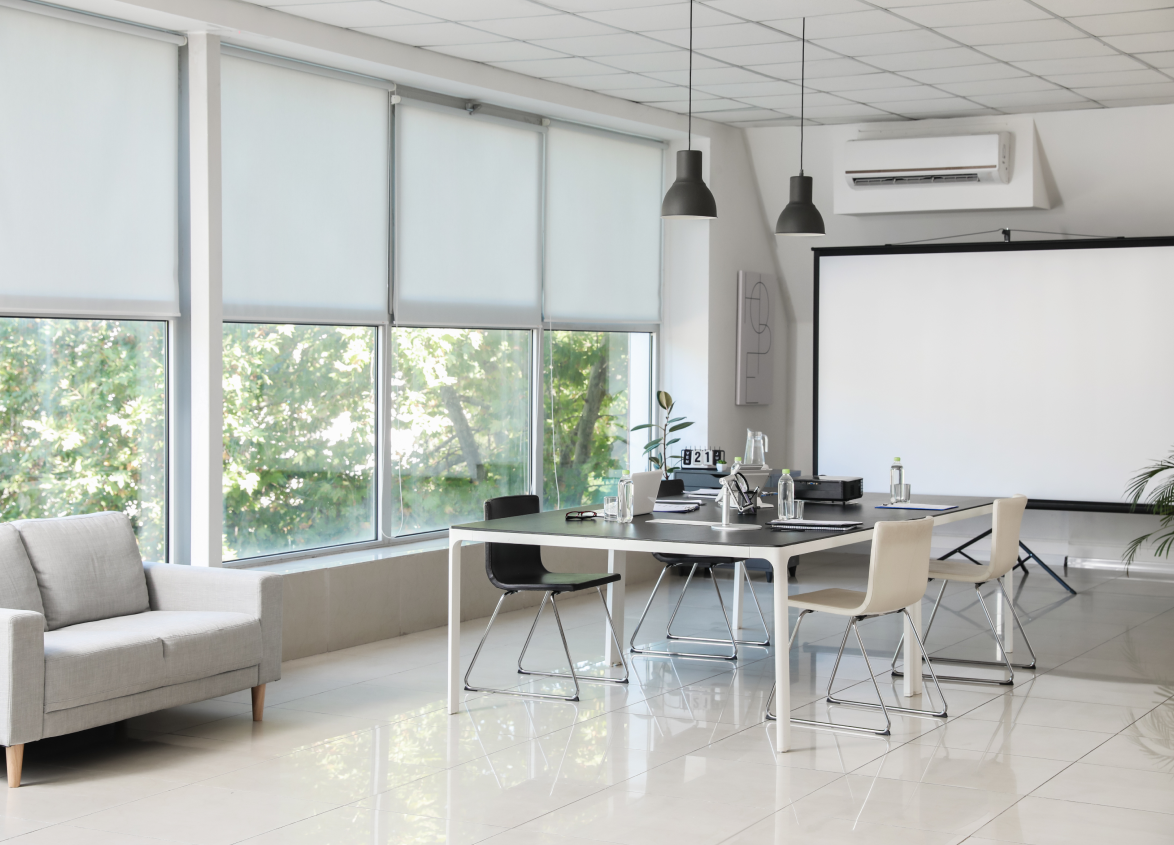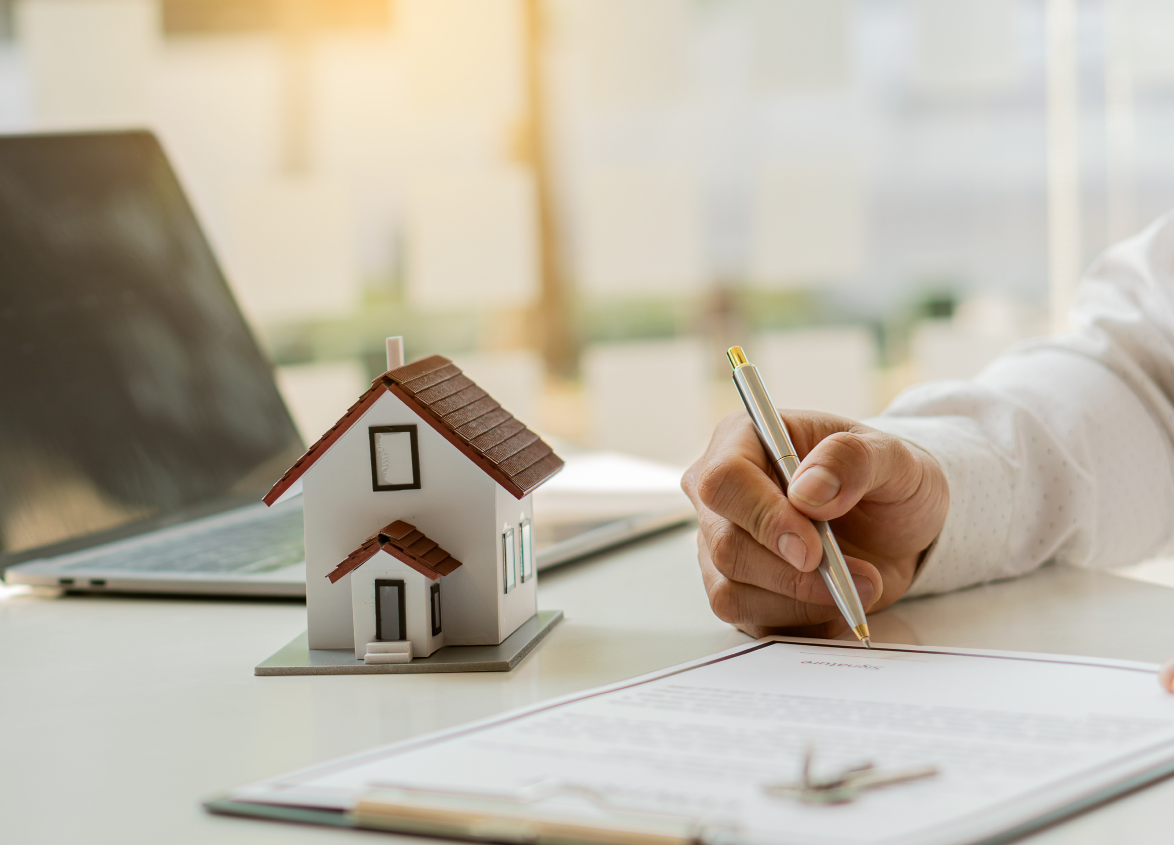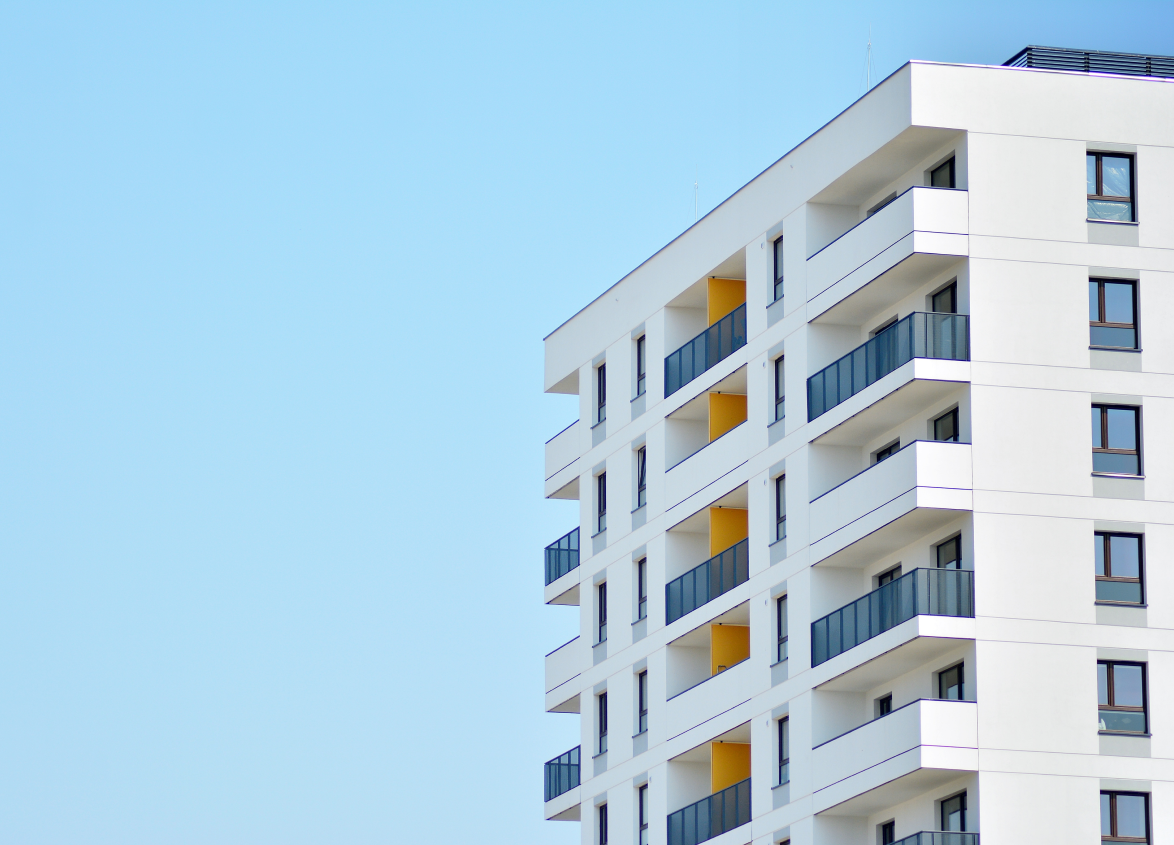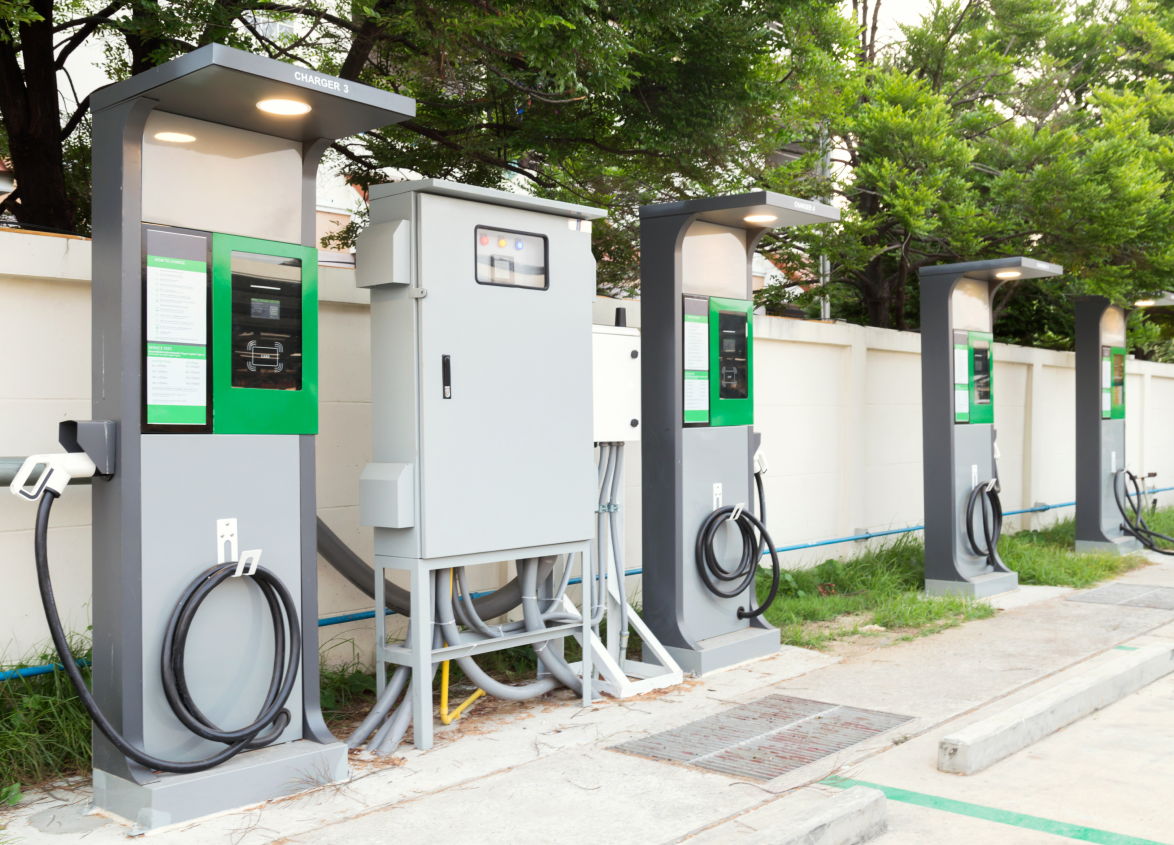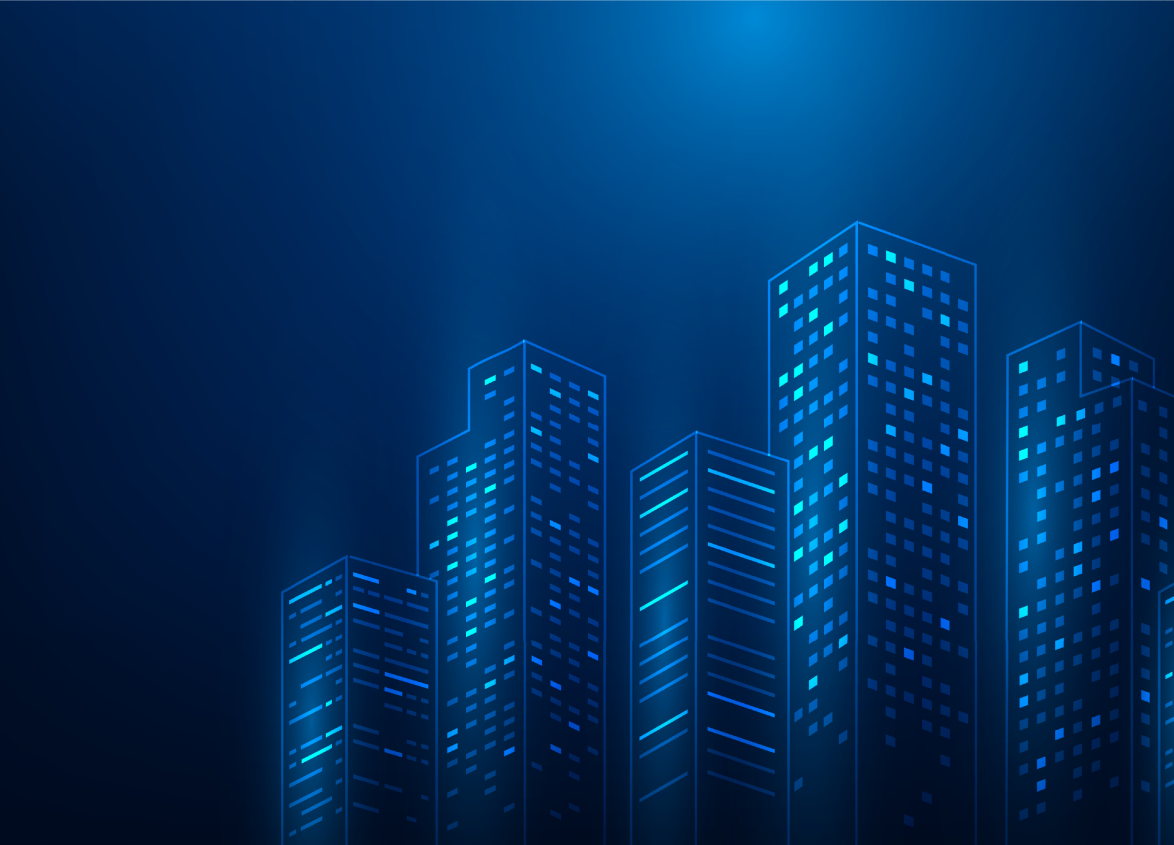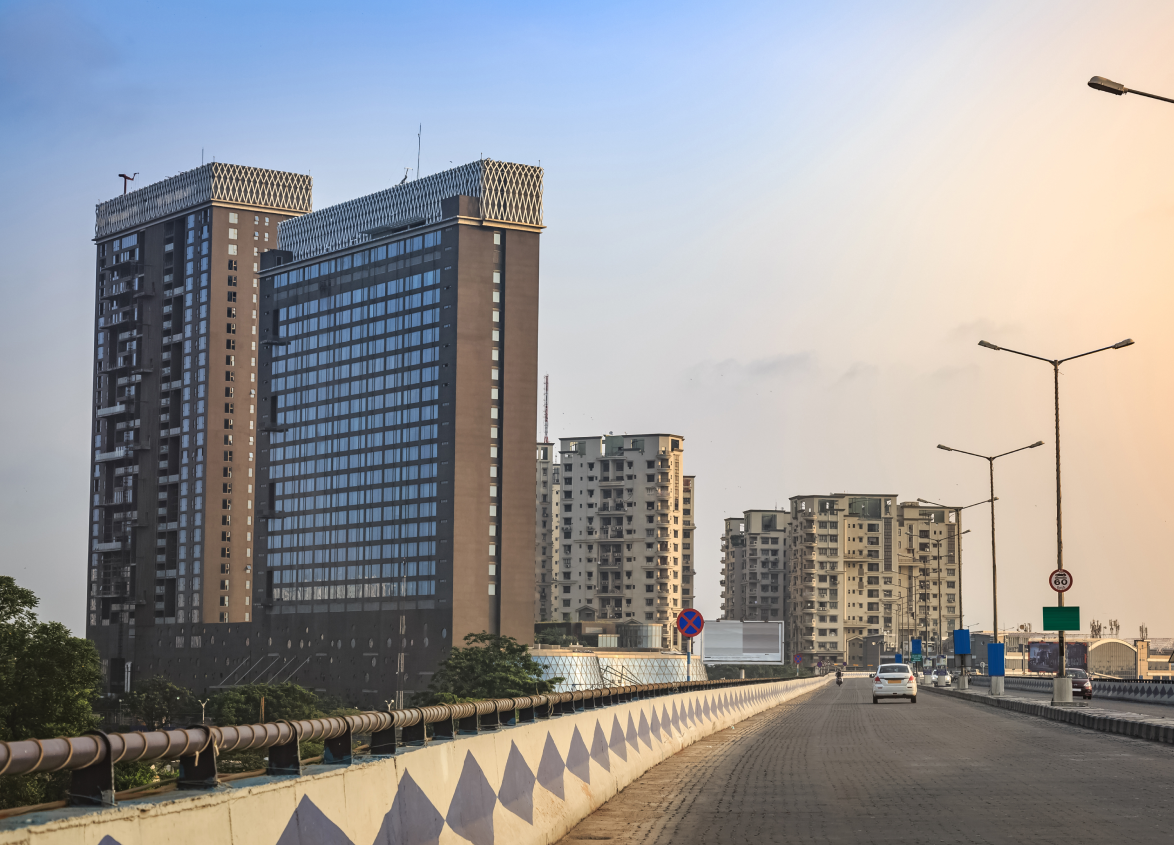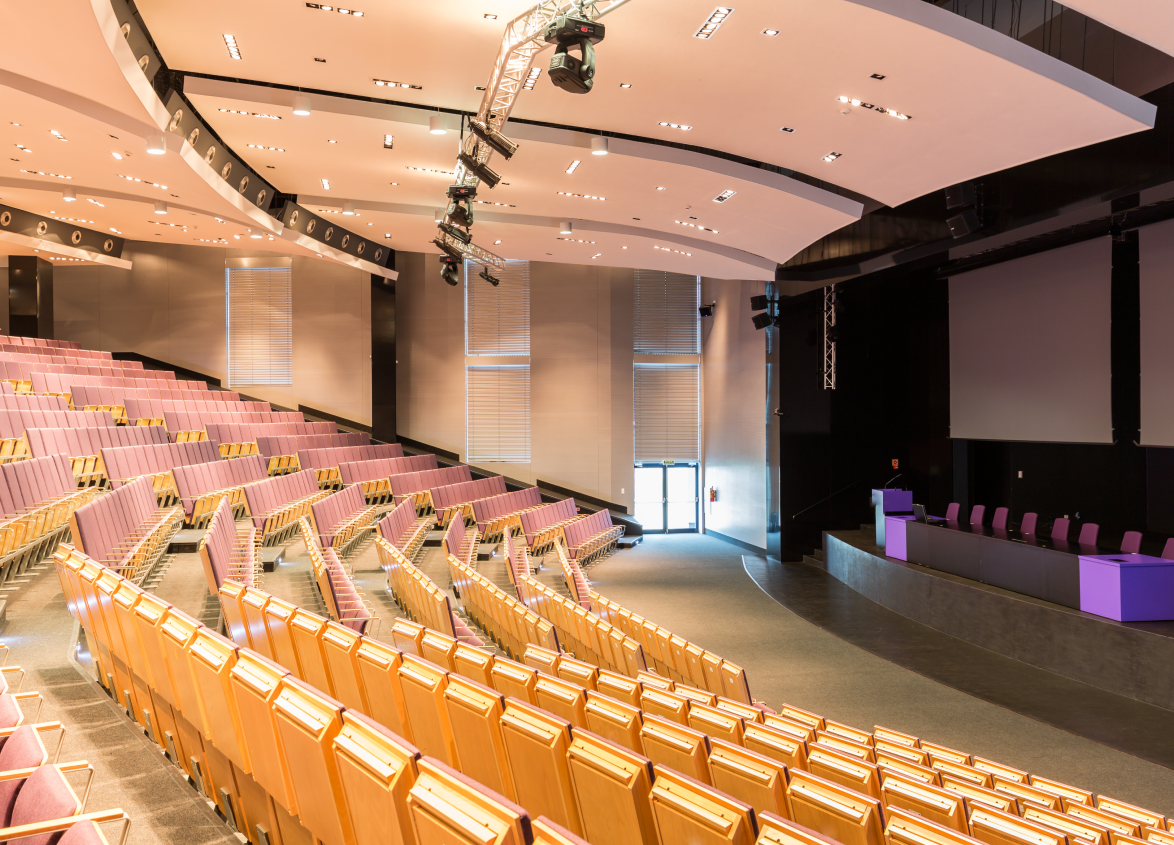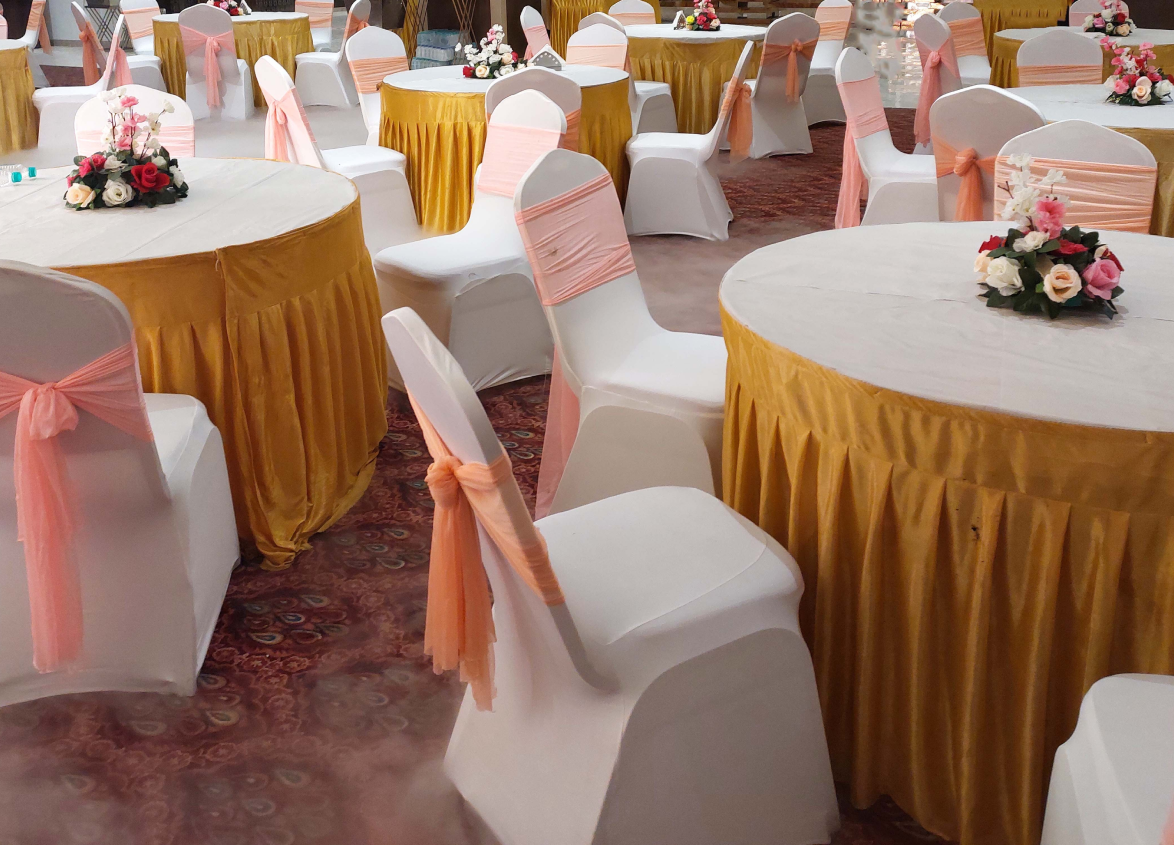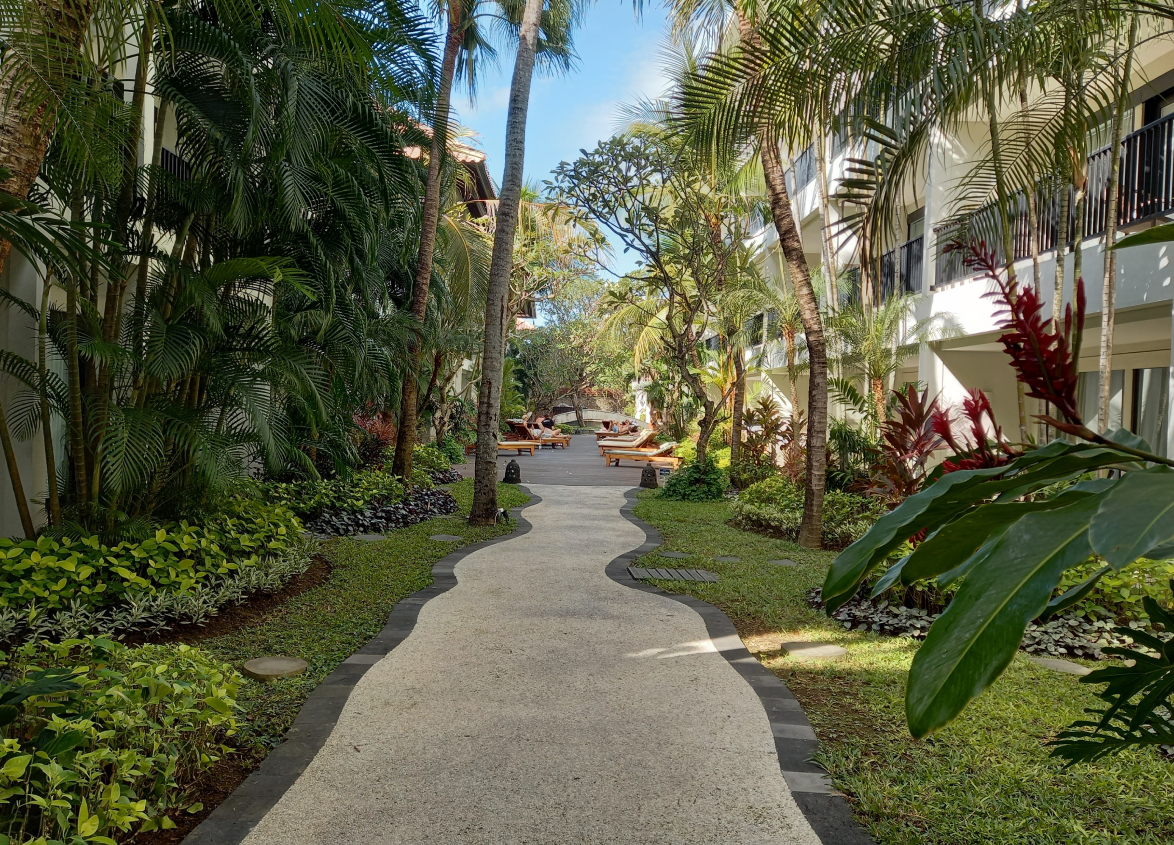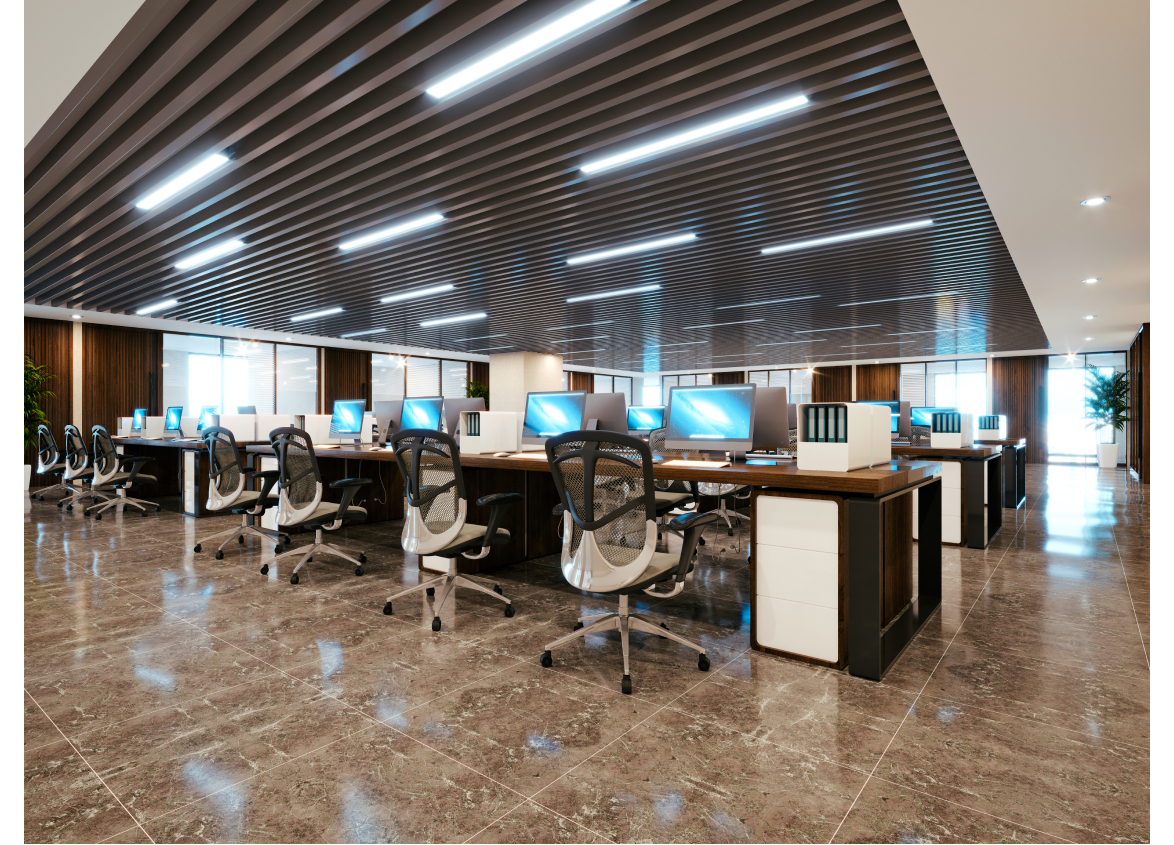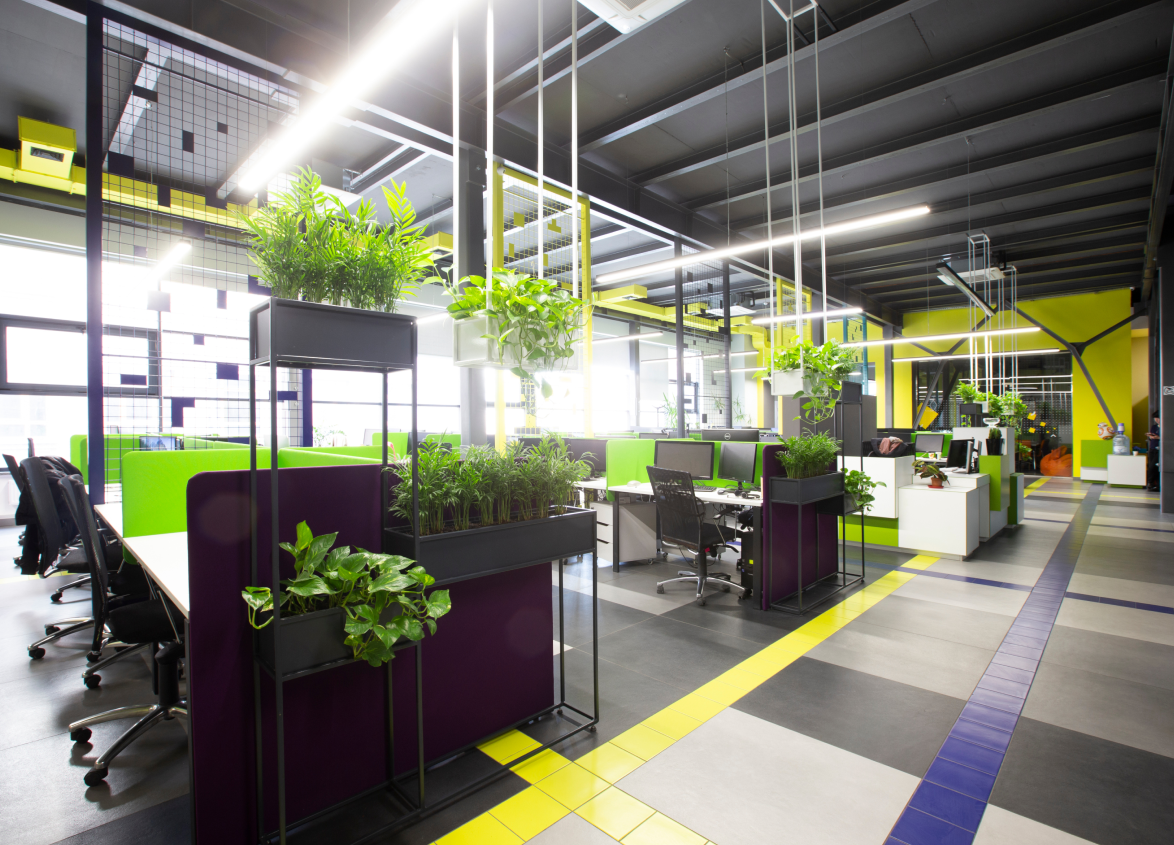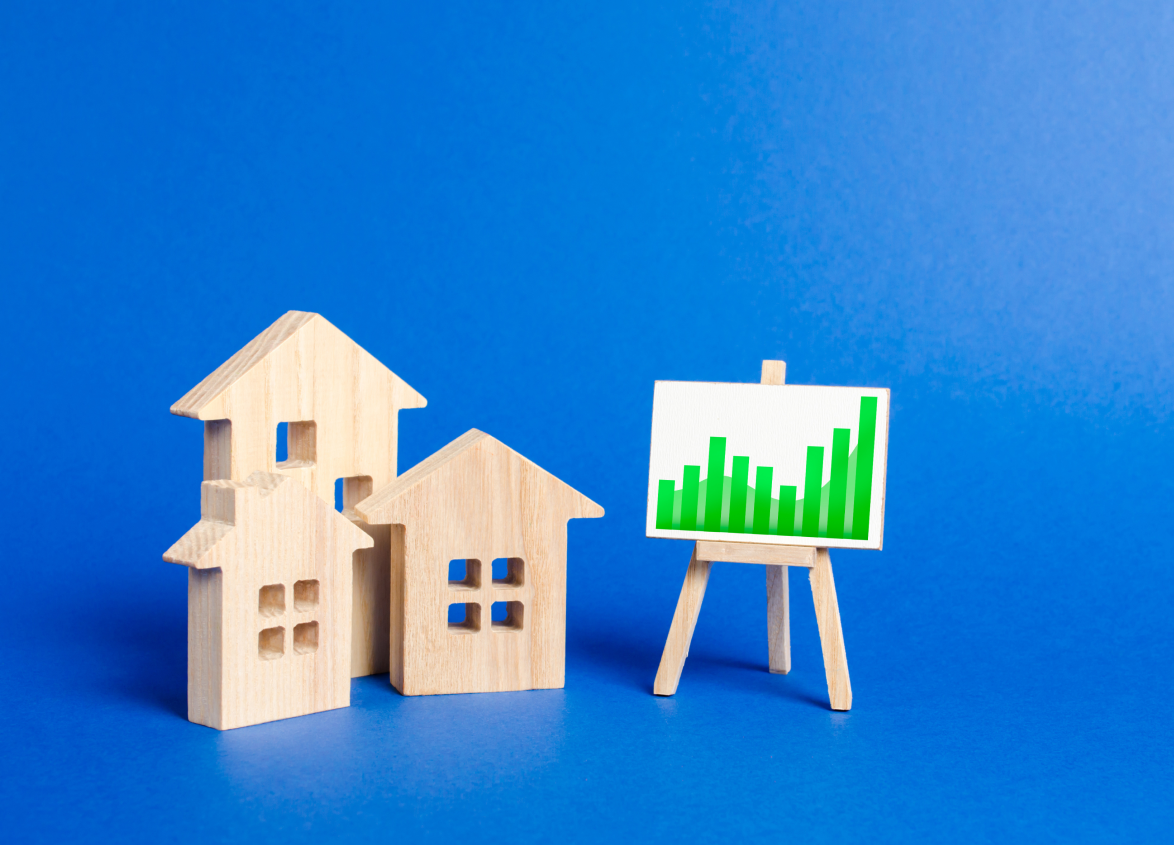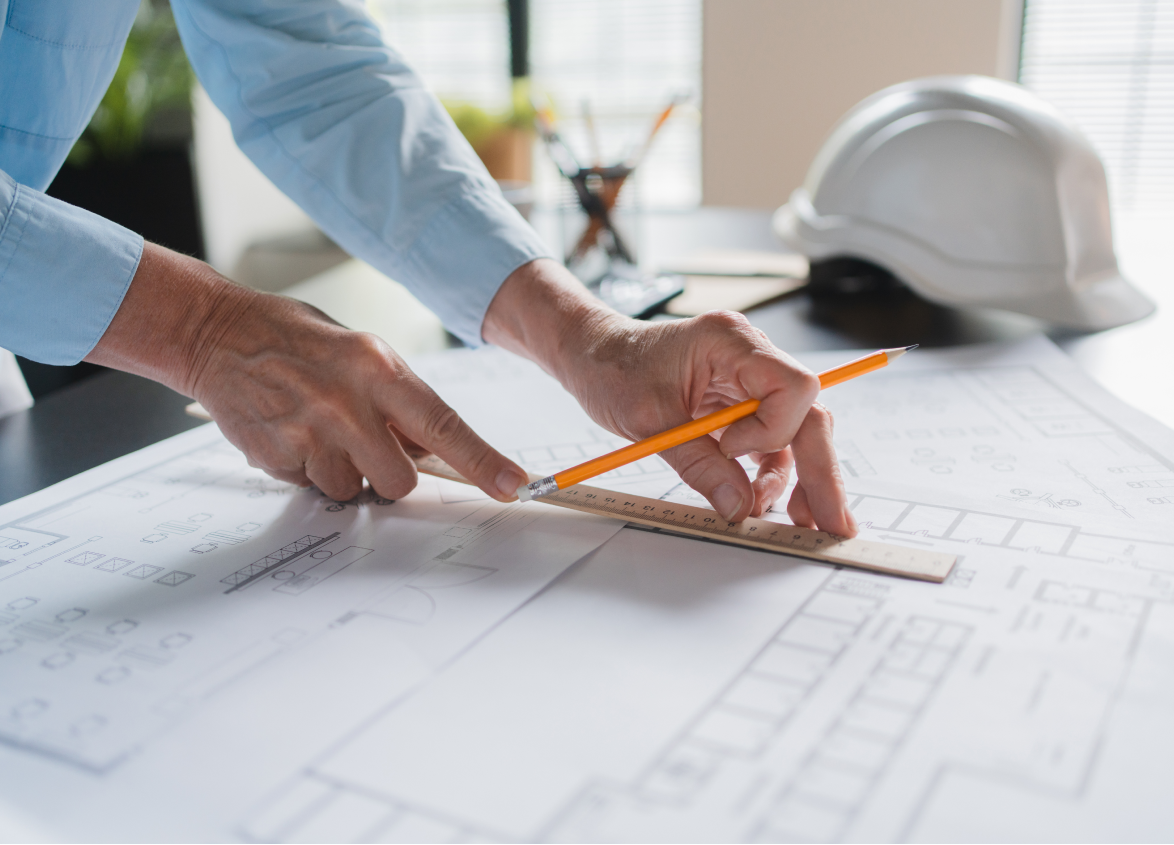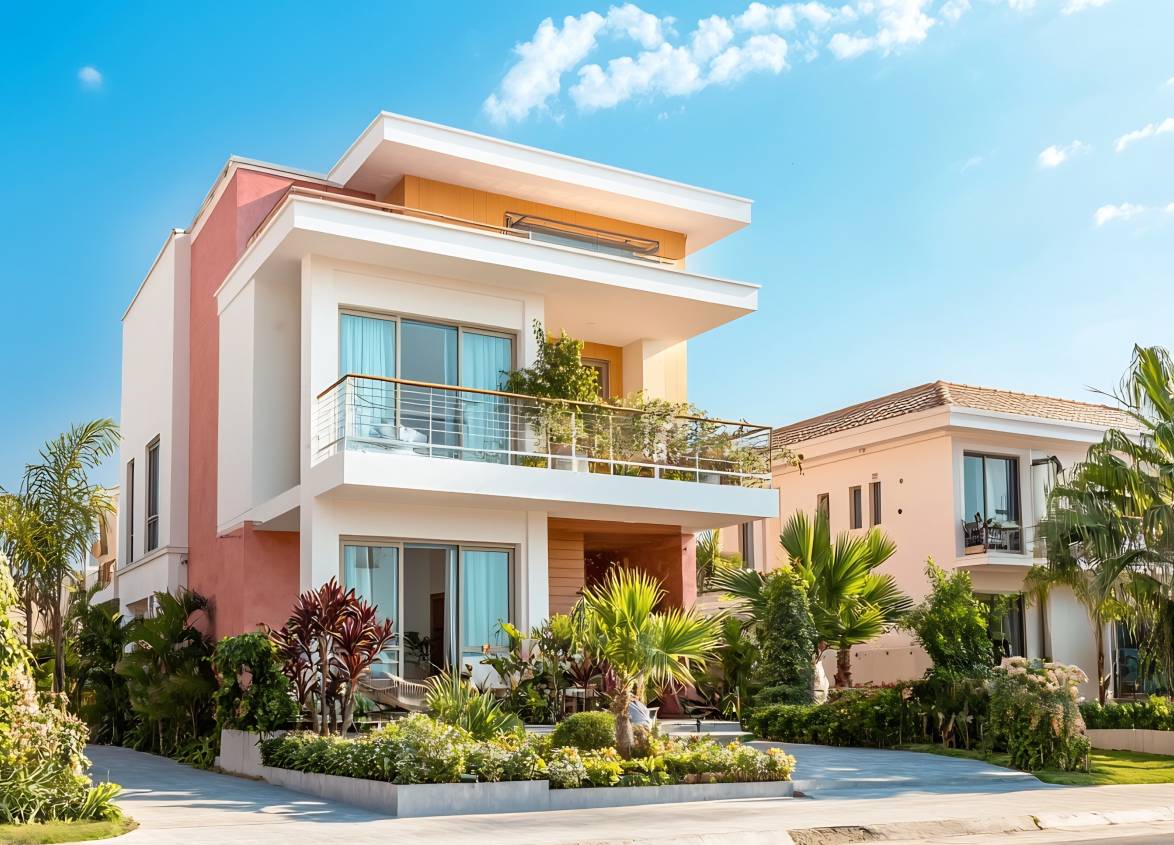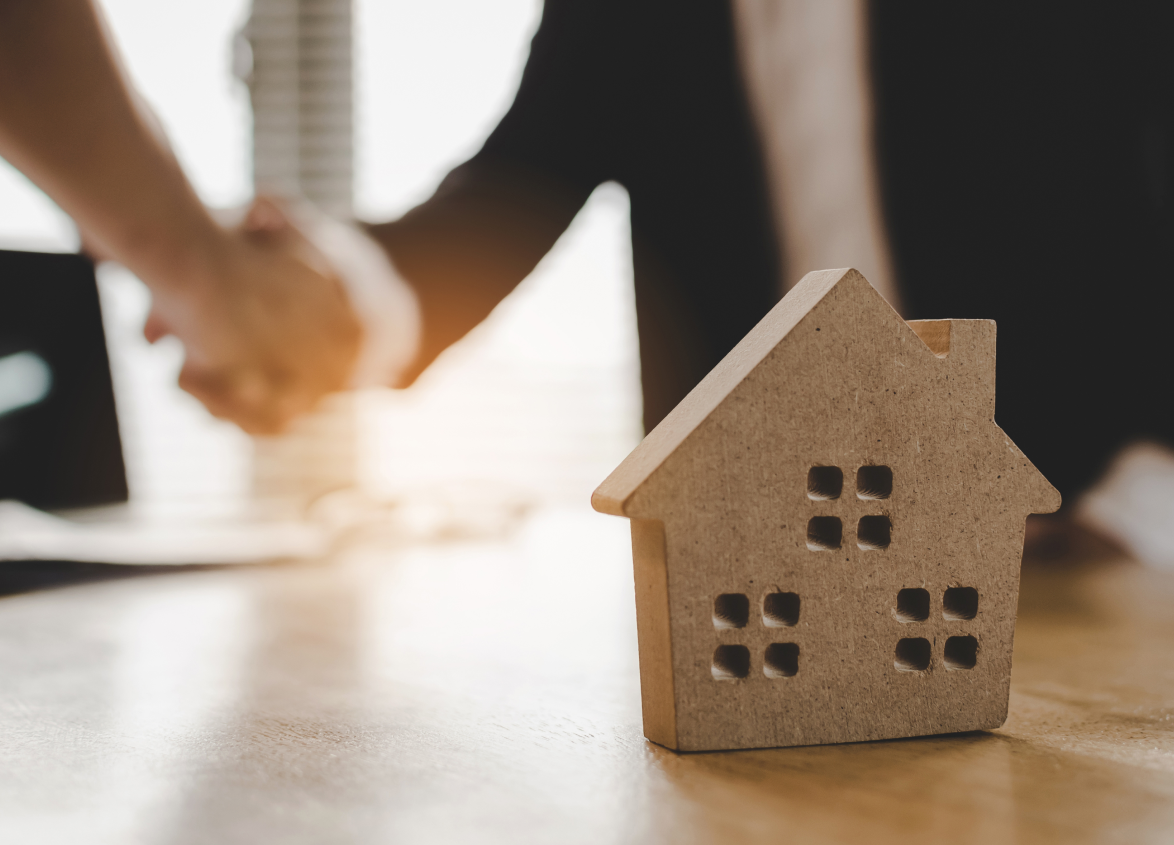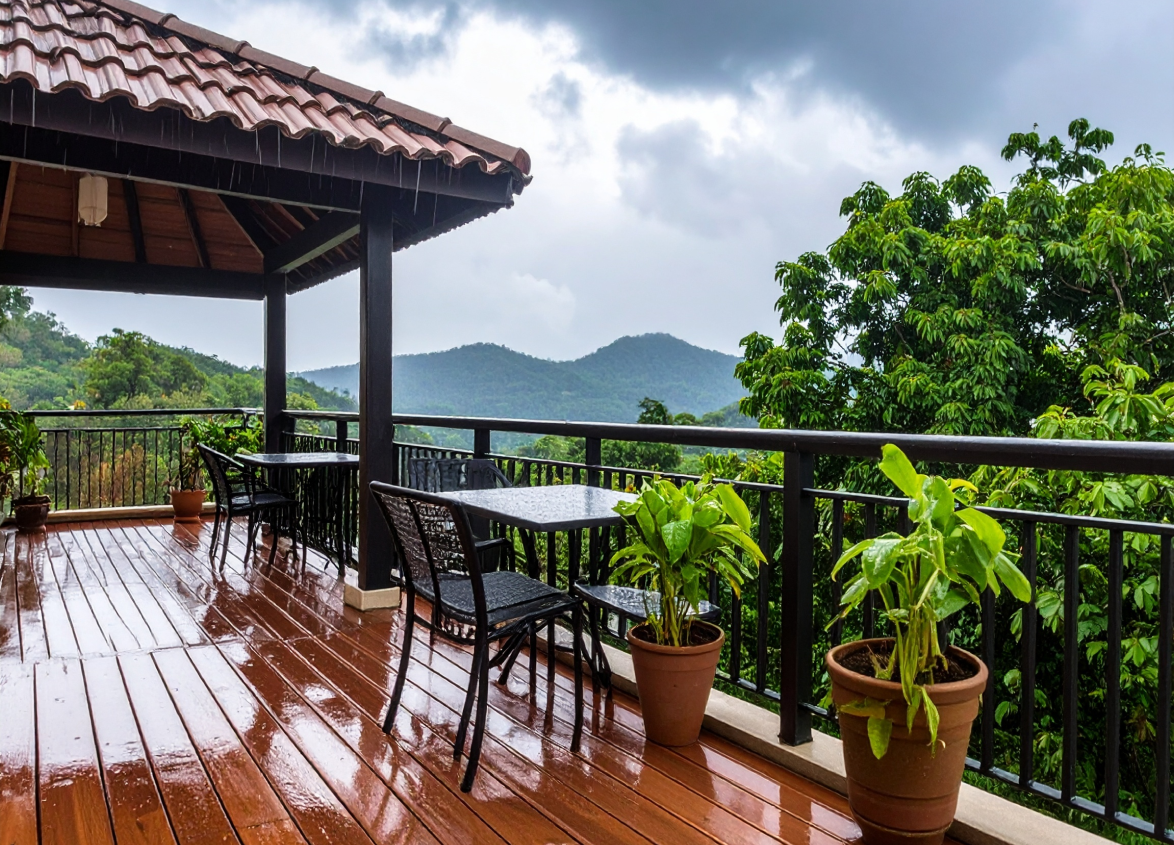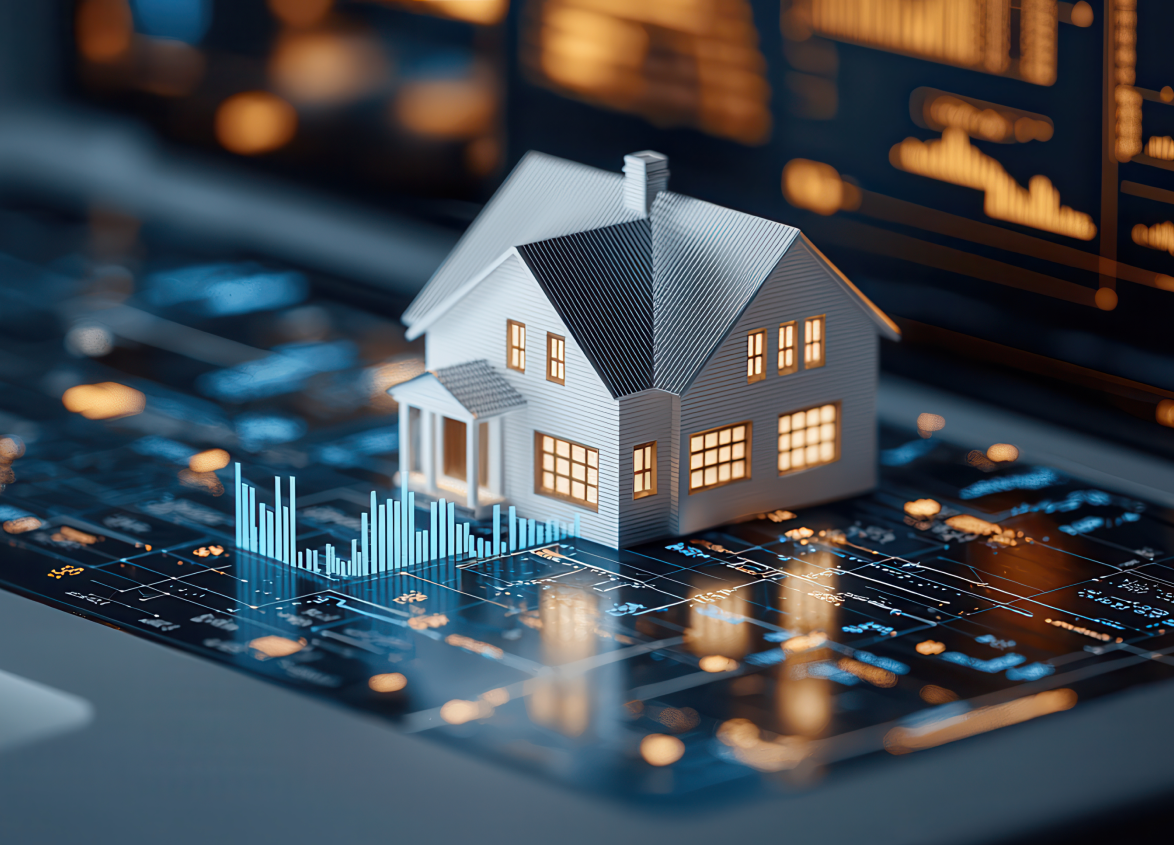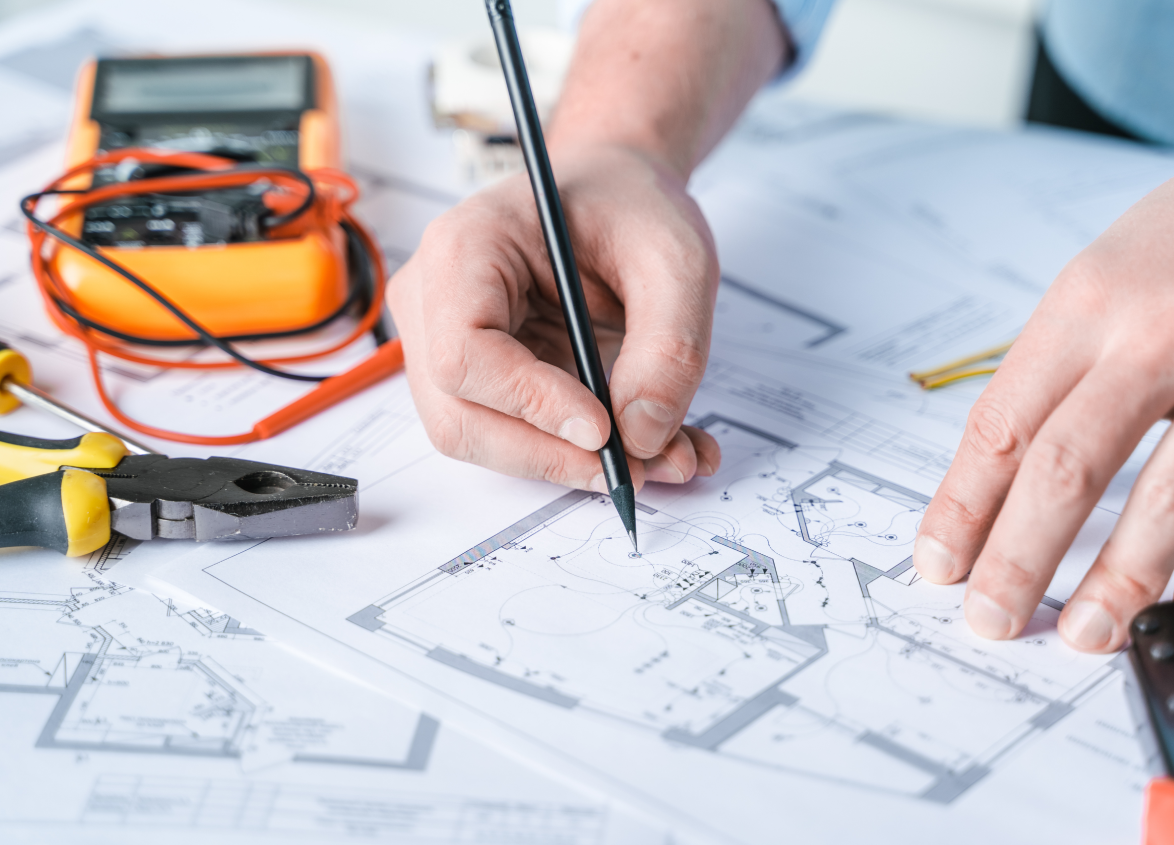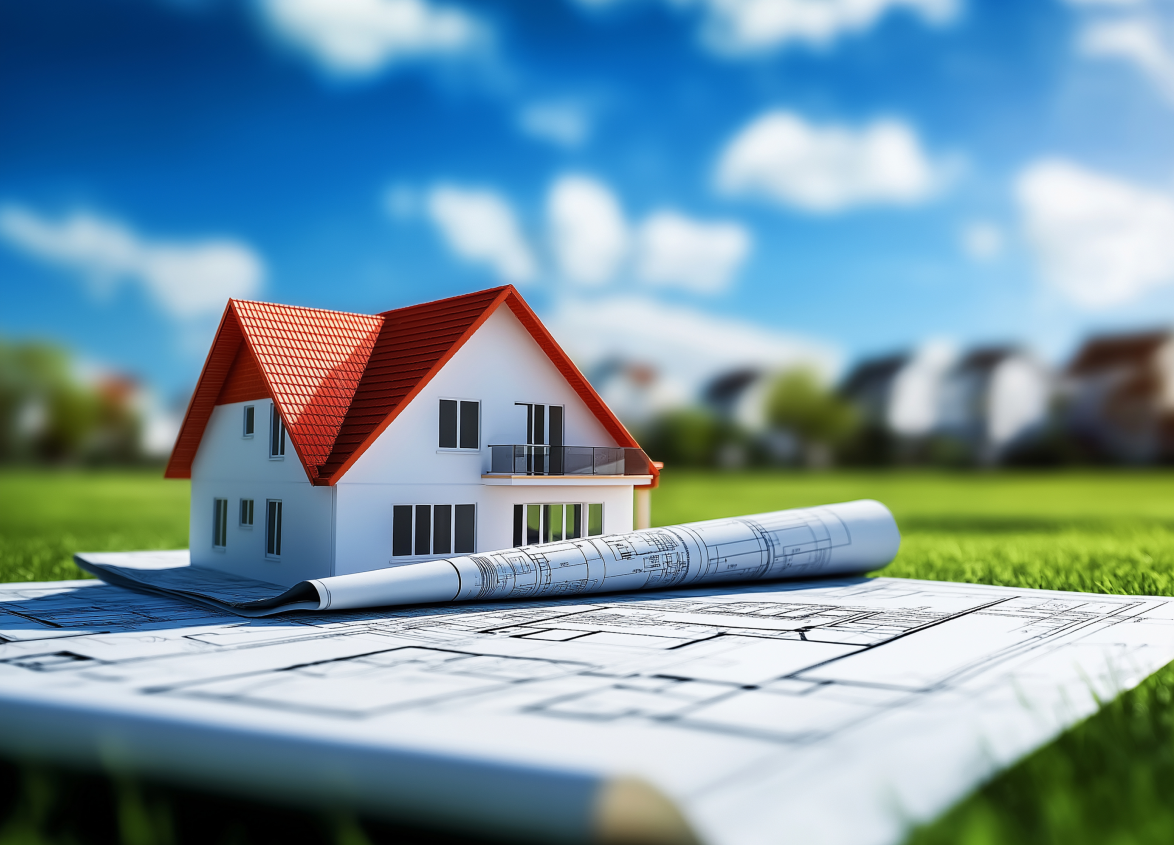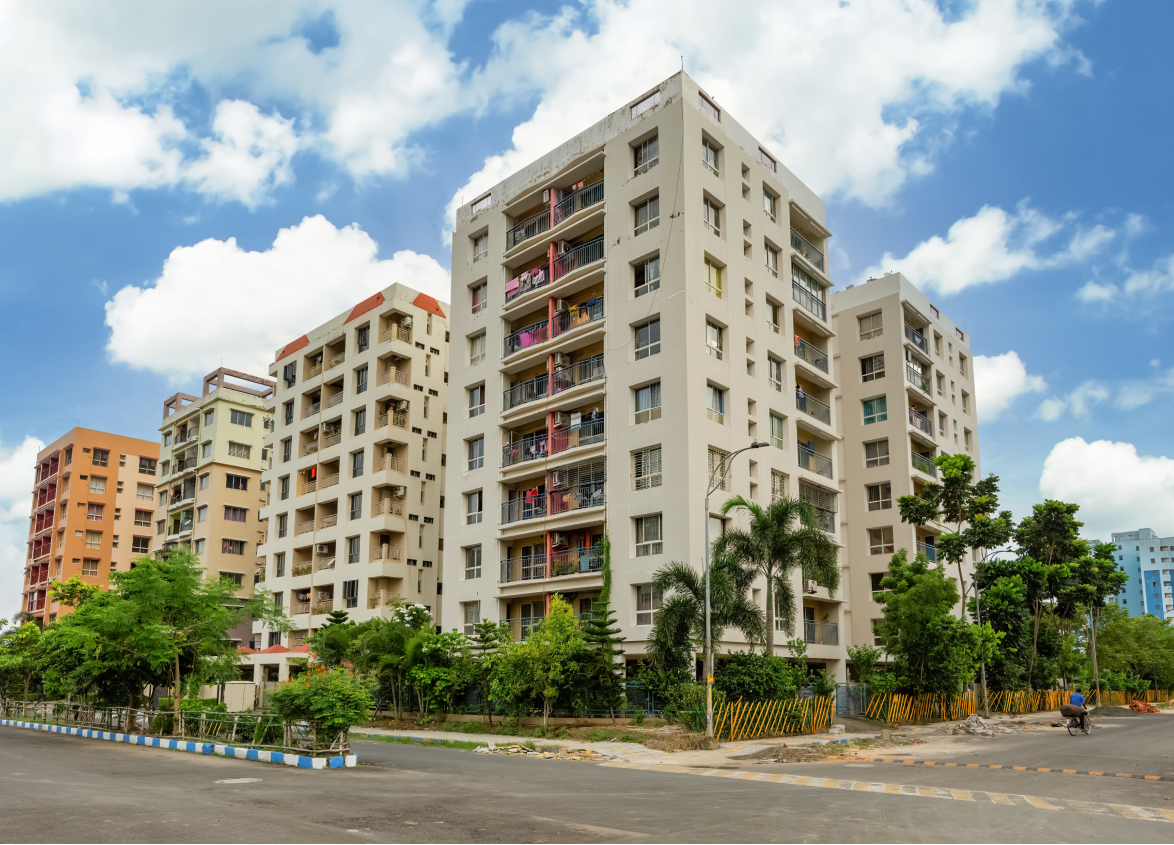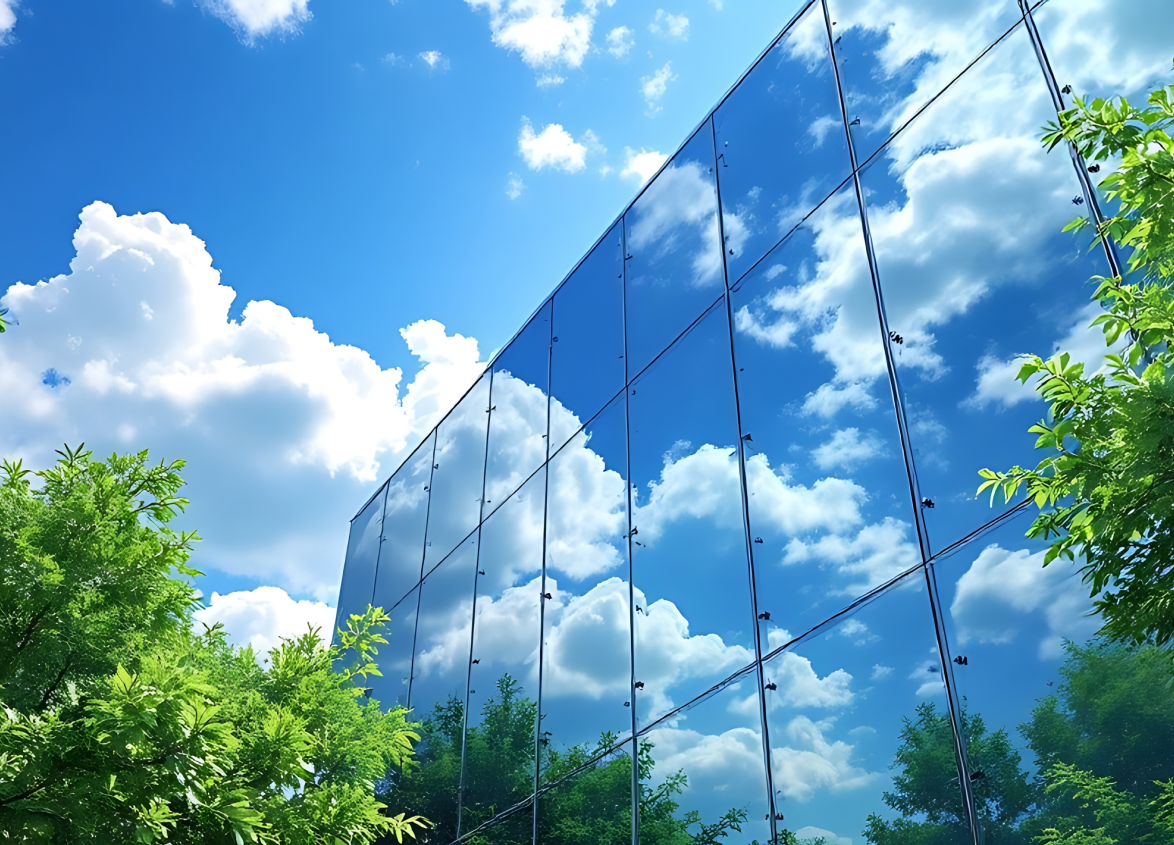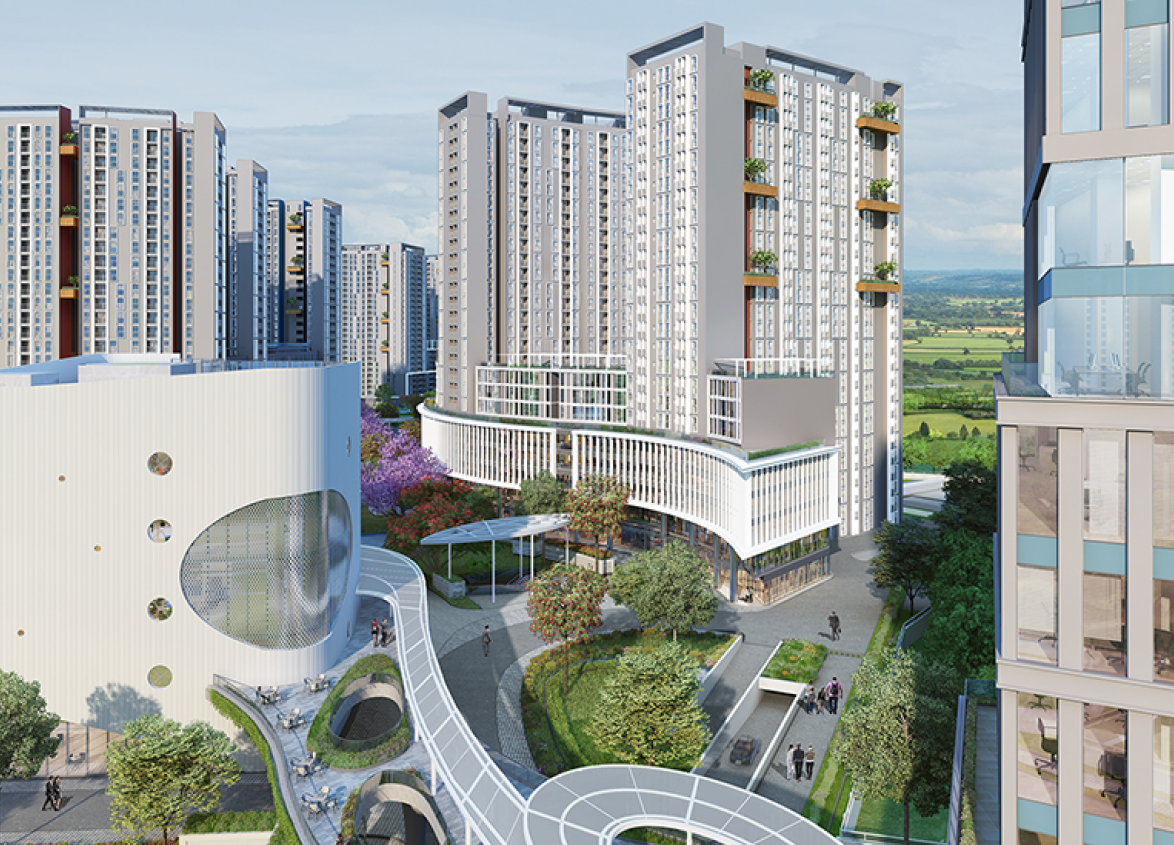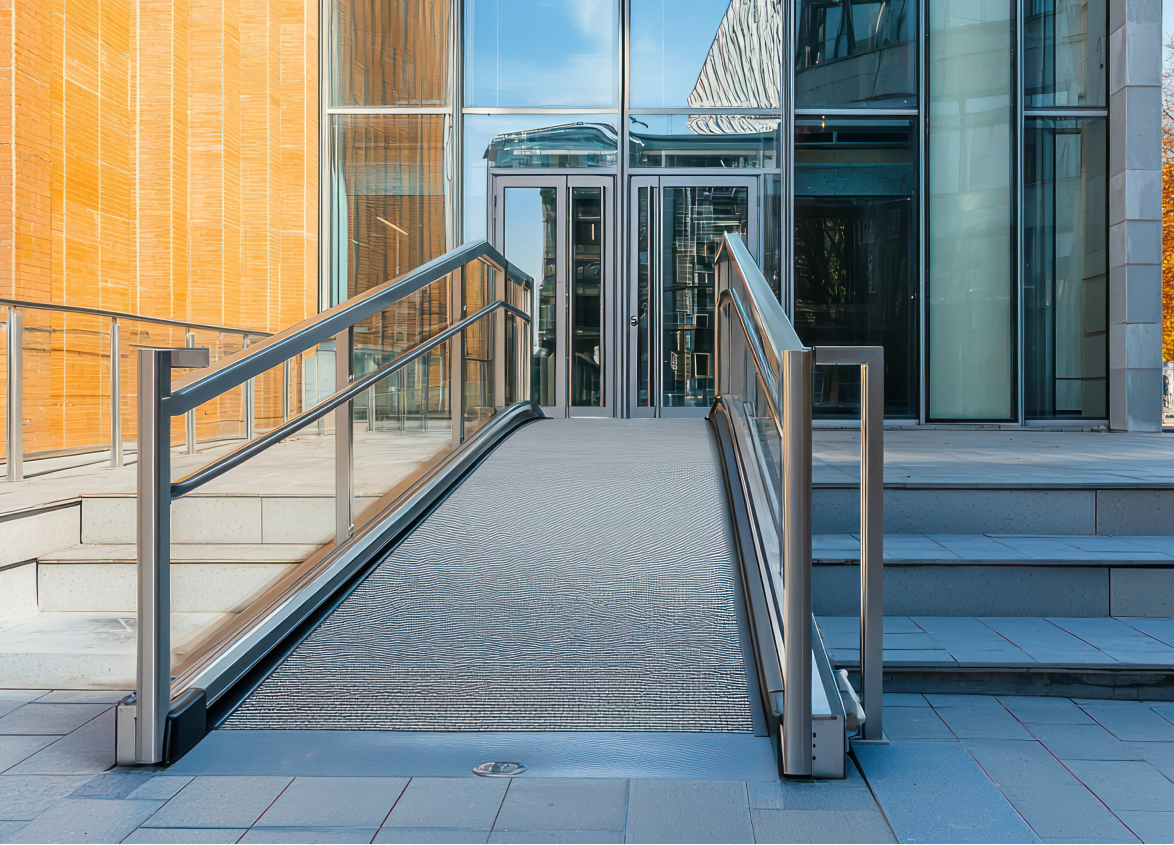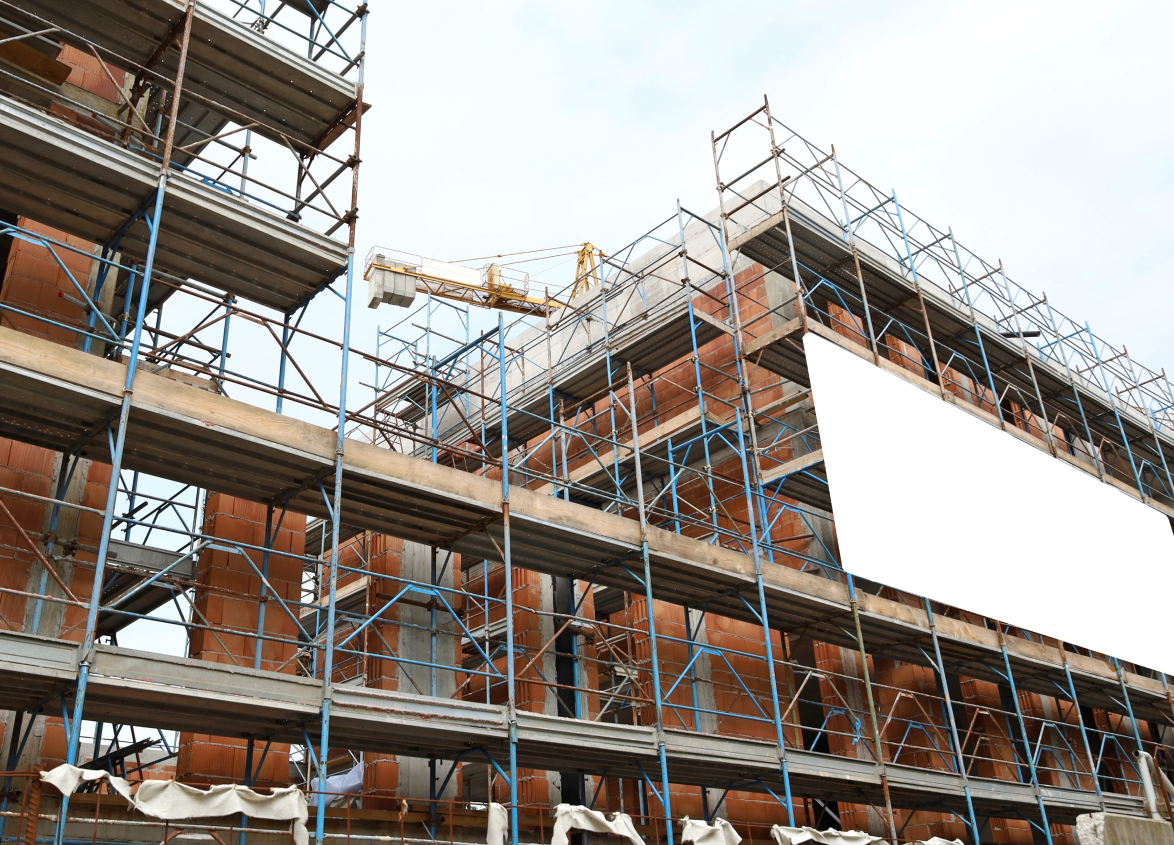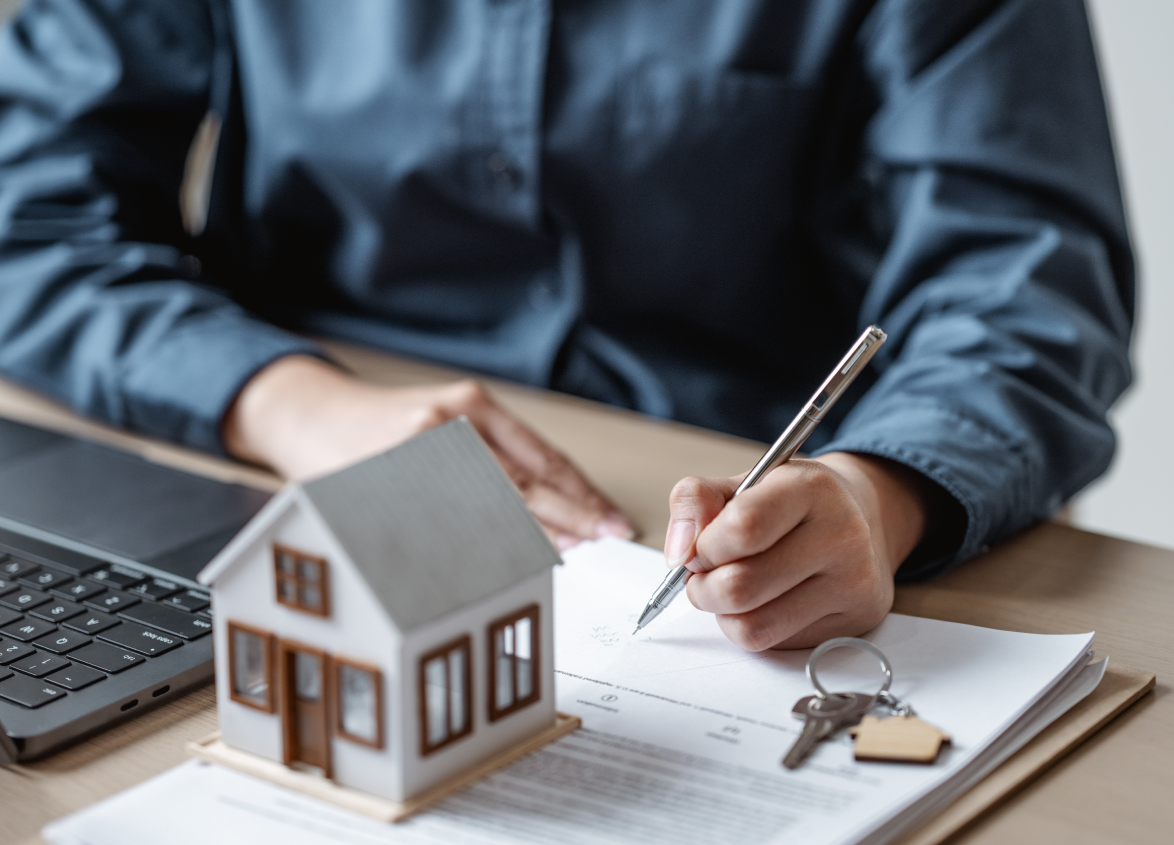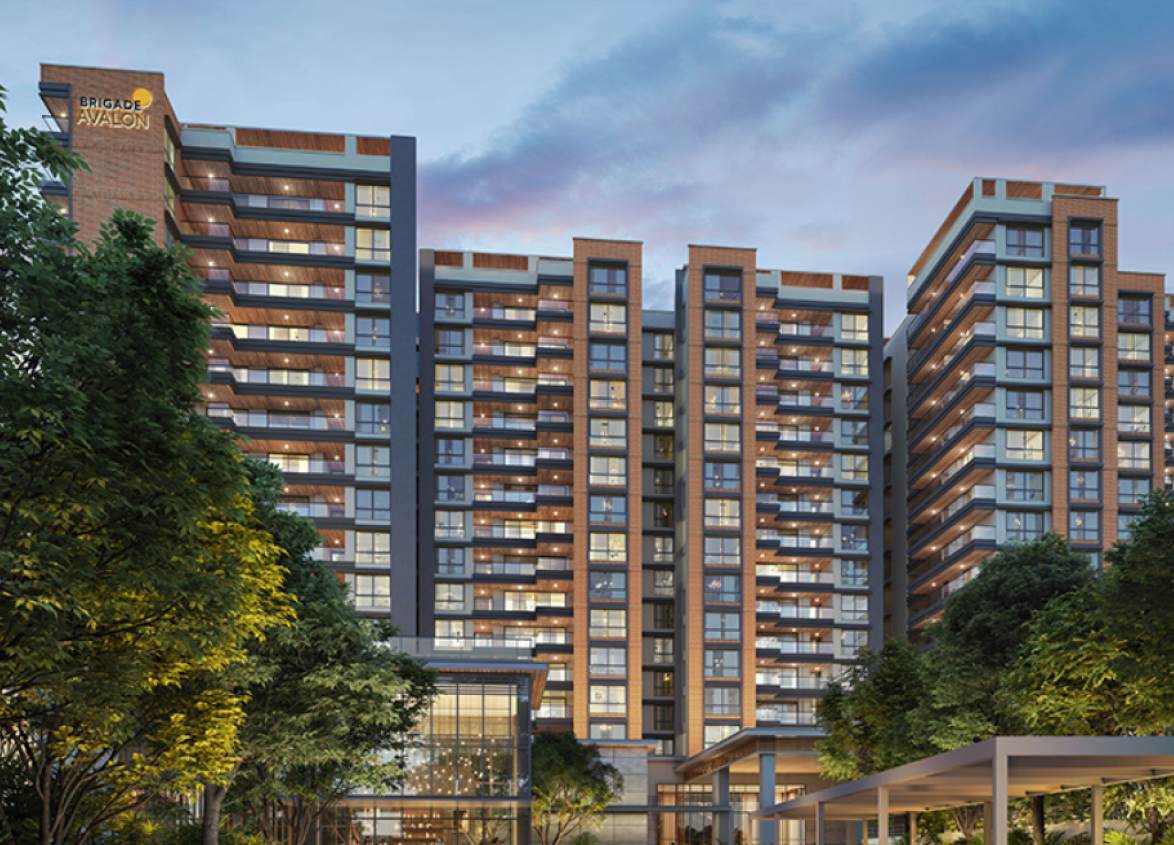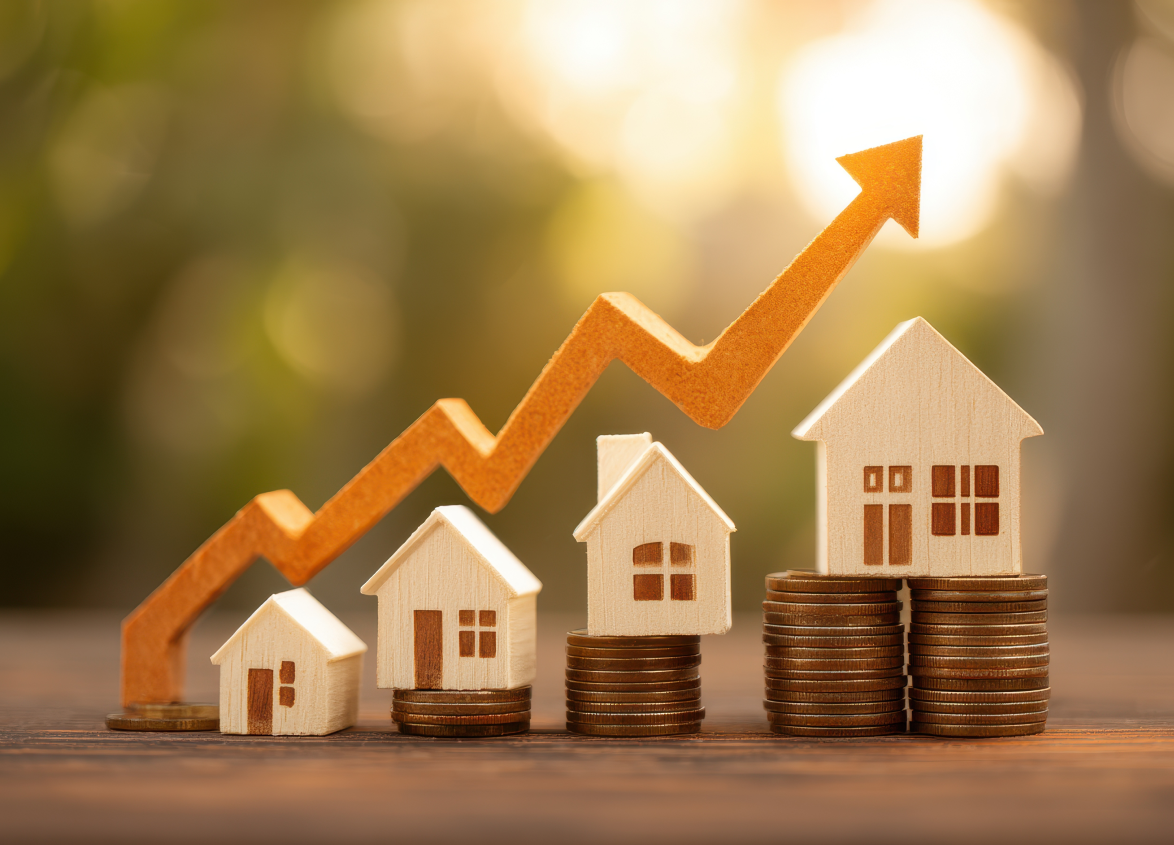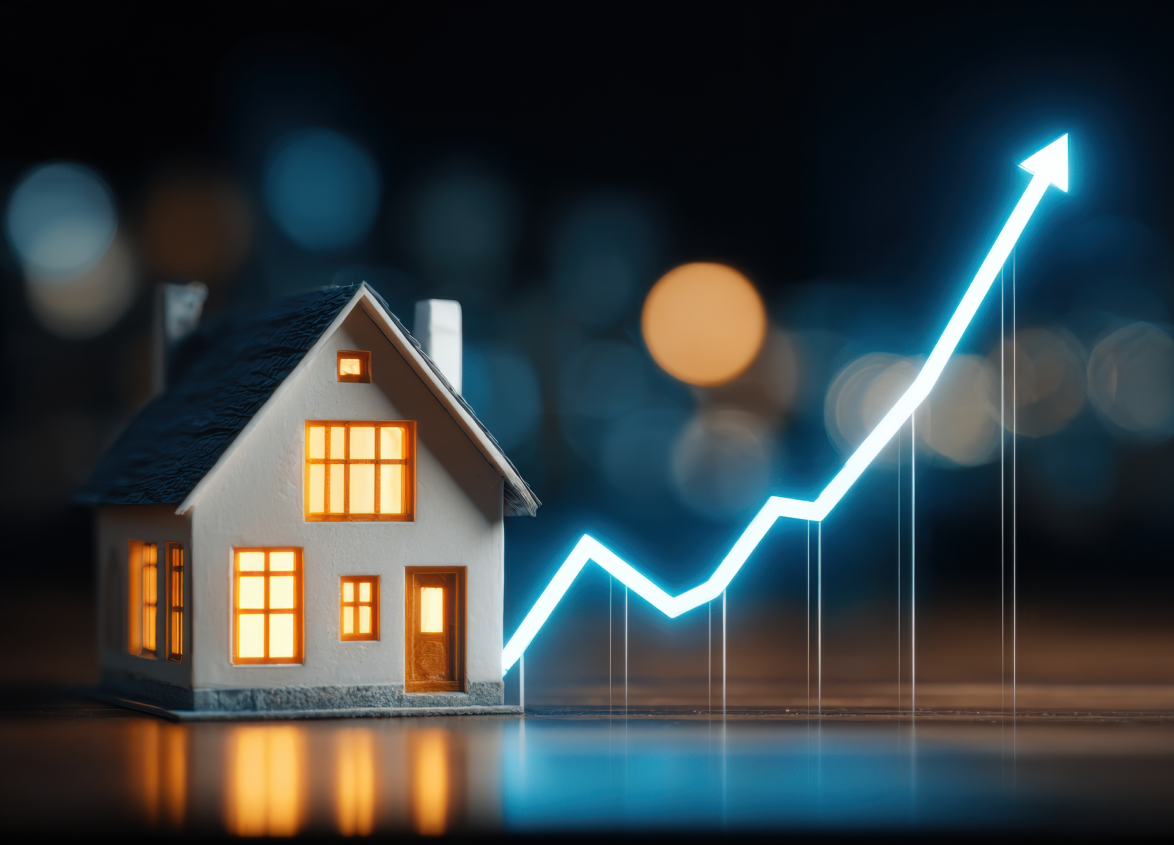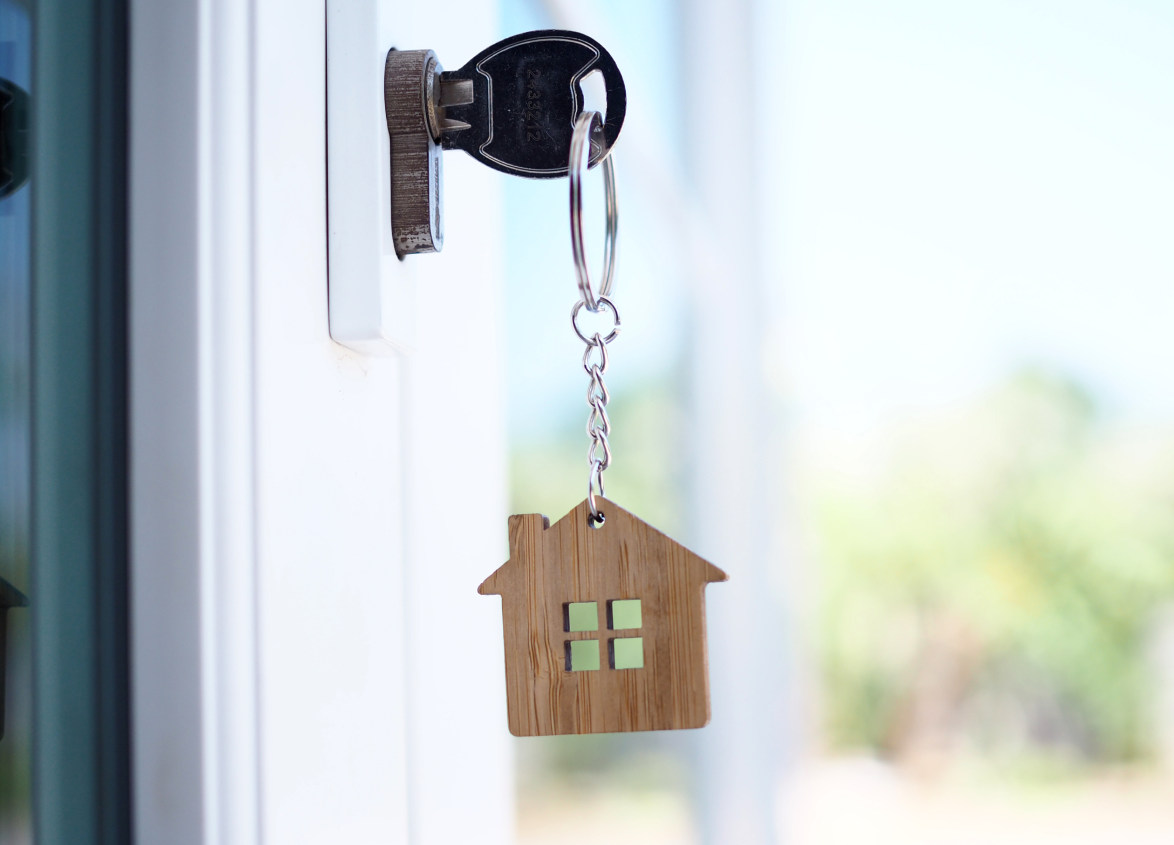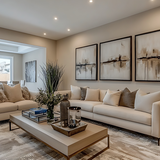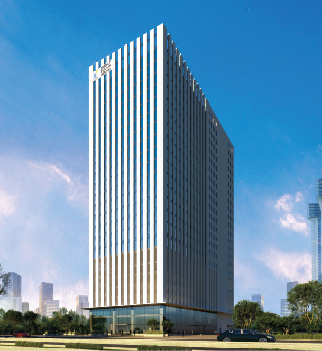
Residential
Wellness-Focused Homes: Redefining Healthy Living Spaces
August 21, 2025
In an era where urban living often equates to a fast-paced, high-stress lifestyle, an increasing number of people are seeking ways to enhance their well-being. The concept of wellness-focused homes is gaining significant traction, as they offer not just a roof over one's head, but a sanctuary designed to enhance health, comfort and overall well-being. These homes integrate features that promote both physical and mental wellness, from air purification systems to mindfulness spaces. For homebuyers and investors alike, understanding the potential and benefits of wellness-focused homes can lead to better, healthier living environments and lucrative investment opportunities.
As the global focus shifts towards sustainability, personal health and eco-conscious living, wellness homes present a fresh paradigm for modern residential design. They provide residents with a lifestyle that integrates fitness, mindfulness, sustainable living and advanced technology, ushering in a new era of living spaces that promote healthier lifestyles. In this blog, we will explore the key features, benefits, challenges and design considerations of wellness-focused homes.
What Are Wellness-Focused Homes?
Wellness-focused homes are residential projects designed with the well-being of the residents in mind. They are created to enhance the physical, mental and emotional health of the people who live in them. Wellness homes incorporate advanced technology, eco-friendly materials and thoughtful design principles to create spaces that foster positive habits and lifestyles.
The trend of wellness real estate is relatively new but rapidly growing, as more individuals recognise the direct link between their living environments and their health. A wellness-focused home isn't just about a beautiful aesthetic. It integrates various features such as natural light, air quality systems, water filtration, fitness areas and even biophilic design, all of which contribute to a holistic living experience.
Key Features of Healthy Living Spaces
Biophilic Design and Green Elements
Biophilic design is the practice of incorporating natural elements into the built environment to reconnect people with nature. It’s about creating spaces that mimic nature and evoke the positive emotions associated with natural surroundings. This can include using organic materials such as wood, stone and clay, as well as incorporating greenery, water features and natural light into the design.
For example, some wellness homes feature large windows or glass walls that allow natural light to flood into living spaces, while indoor gardens and green walls bring nature indoors. These elements have been shown to reduce stress, boost creativity and improve mental well-being. A well-integrated biophilic design can help residents feel more relaxed and at peace within their own homes, especially in urban environments where exposure to nature is limited.
Air and Water Quality Systems
The quality of air and water is crucial to maintaining good health, and wellness-focused homes prioritise both. With rising pollution levels and concerns over indoor air quality, many wellness homes come equipped with advanced air purification systems, humidity control and allergen-reducing technologies. These systems help to filter out dust, pollen and other airborne pollutants, ensuring that residents breathe clean air at all times.
Water quality is equally important. Many wellness homes have built-in water filtration systems that ensure that the water residents drink is free from harmful chemicals, heavy metals and other impurities. These features not only enhance the comfort of the home but contribute to the long-term health of its occupants by reducing the risk of respiratory problems, allergies and waterborne diseases.
Smart Wellness Technology
The integration of smart technology is an essential component of wellness-focused homes. These technologies allow homeowners to monitor and adjust various aspects of their home environment to ensure it supports their health. For instance, smart lighting systems can be programmed to adjust according to the time of day, helping to regulate circadian rhythms and improve sleep quality.
Additionally, homes may feature temperature control systems that adjust based on the weather or the time of day, ensuring a consistent and comfortable environment. Other smart wellness technologies include air quality monitoring systems that alert homeowners when pollutants exceed safe levels and water purification systems that alert users when a filter needs changing.
Dedicated Fitness and Mindfulness Zones
One of the core elements of wellness-focused homes is the creation of spaces that encourage fitness, relaxation and mindfulness. A dedicated home gym, yoga room, or meditation zone allows residents to engage in physical exercise and mental relaxation without having to leave the comfort of their homes. These spaces are designed to foster habits that contribute to a balanced and healthy lifestyle.
Suggested Read - Wellness Communities: A New Trend in Luxury Real Estate in Chennai
Fitness zones in wellness homes are often equipped with state-of-the-art exercise equipment, while mindfulness areas may include features such as calming lighting, soothing music and design elements that promote tranquillity, such as water features or soft, natural textures. By promoting physical and mental wellness in this way, these homes provide a sanctuary that helps residents maintain a balanced lifestyle.
Sustainable and Non-Toxic Materials
Sustainability is a central theme in the design of wellness homes. Not only do these homes incorporate eco-friendly building materials such as recycled wood, non-toxic paints and energy-efficient insulation, but they also aim to reduce the carbon footprint of the property itself. Solar panels, rainwater harvesting systems and energy-efficient appliances are common features in wellness homes that contribute to a more sustainable living environment.
Moreover, wellness homes make use of non-toxic materials that eliminate harmful chemicals from the living environment. For instance, paints and finishes used in these homes are often free from volatile organic compounds (VOCs), which can cause headaches, dizziness and long-term respiratory issues. These efforts ensure that the home environment supports both physical health and the planet's well-being.
Benefits of Investing in Wellness Homes
Investing in wellness real estate presents numerous benefits. For one, these homes cater to a growing market of health-conscious individuals who are prioritising their well-being. As more people seek ways to live healthier lives, the demand for wellness-focused homes is expected to rise.
Additionally, wellness homes are typically more energy-efficient and sustainable, which means lower utility bills and a reduced carbon footprint. They also tend to appreciate in value faster than traditional homes due to their modern amenities and growing demand. For investors, this makes wellness homes an attractive option for long-term returns.
From a personal perspective, owning a wellness-focused home offers an environment that fosters a healthier lifestyle, with fewer health risks and a higher quality of living. These homes also contribute to improved mental well-being by providing spaces designed for relaxation, mindfulness and personal growth.
Design and Planning Considerations
Designing a wellness-focused home requires careful planning to ensure that every element contributes to the well-being of the residents. Factors such as light orientation, the flow of air and access to nature must be considered from the outset. Architects and builders must incorporate features like large windows for natural light, strategically placed ventilation systems and areas dedicated to green space.
Sustainable building practices are also key when designing wellness homes. This includes the use of eco-friendly and non-toxic materials, as well as the incorporation of renewable energy sources like solar panels and geothermal heating. Planning should also account for the integration of smart technologies that monitor and optimise energy use, air quality, and water consumption.
Traditional Homes vs. Wellness-Focused Homes
| Feature | Traditional Homes | Wellness-Focused Homes |
|---|---|---|
| Air Quality | Limited air filtration | Advanced air purification systems |
| Lighting | Standard artificial lighting | Smart lighting for circadian rhythm |
| Fitness Facilities | Often none | Dedicated home gyms, yoga rooms |
| Materials | Conventional materials | Non-toxic, sustainable materials |
| Green Space | Minimal | Biophilic design and green elements |
Challenges and Future Outlook
While wellness-focused homes present clear benefits, there are also challenges to consider. These homes often come with a higher price tag due to the advanced technologies and sustainable materials used in their construction. Additionally, integrating wellness features can sometimes complicate the design and planning process.
However, as more developers embrace the demand for these homes, the cost of construction and materials is expected to decrease, making wellness homes more accessible to a broader audience. As urbanisation continues, and as people become more aware of the importance of healthy living spaces, the future of wellness-focused homes looks bright.
Conclusion
Wellness-focused homes are not just a trend; they are a lifestyle choice that prioritises health, sustainability, and well-being. Whether you are a potential homebuyer or an investor, embracing this innovative approach to living can lead to a healthier, more fulfilling lifestyle. With key features like biophilic design, smart wellness technology, and sustainable materials, these homes are the future of residential living, offering both immediate comfort and long-term benefits.
FAQs
Q1. What is the typical cost premium for a wellness-focused home in India?
Wellness homes typically cost 10-15% more than traditional homes, due to the advanced technologies and eco-friendly materials involved. However, as the market for wellness real estate grows, the cost premium is expected to decrease.
Q2. Are wellness homes truly energy efficient?
Yes, wellness homes often feature energy-efficient appliances, smart thermostats, and renewable energy solutions like solar panels, making them both eco-friendly and cost-effective in the long run.
Q3. How can I ensure good indoor air quality in an existing home?
Installing air purifiers, improving ventilation, and using non-toxic cleaning products are effective ways to enhance indoor air quality in an existing home.
Q4. Which Indian cities are leading in wellness home development?
Cities like Bengaluru, Chennai, and Pune are at the forefront of wellness home development, with many developers incorporating green building practices and wellness features into their projects.
Q5. Do wellness certifications like IGBC or GRIHA add significant value to a property?
Yes, properties with IGBC or GRIHA certifications are highly valued in the market due to their commitment to sustainability and wellness, often commanding a premium price.
MUST READ
Looking for something specific?
We'd be delighted to help you.

